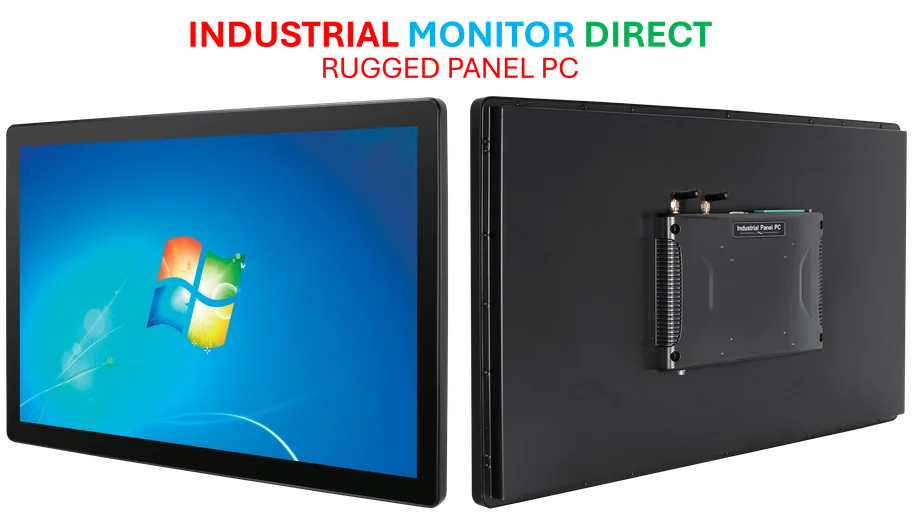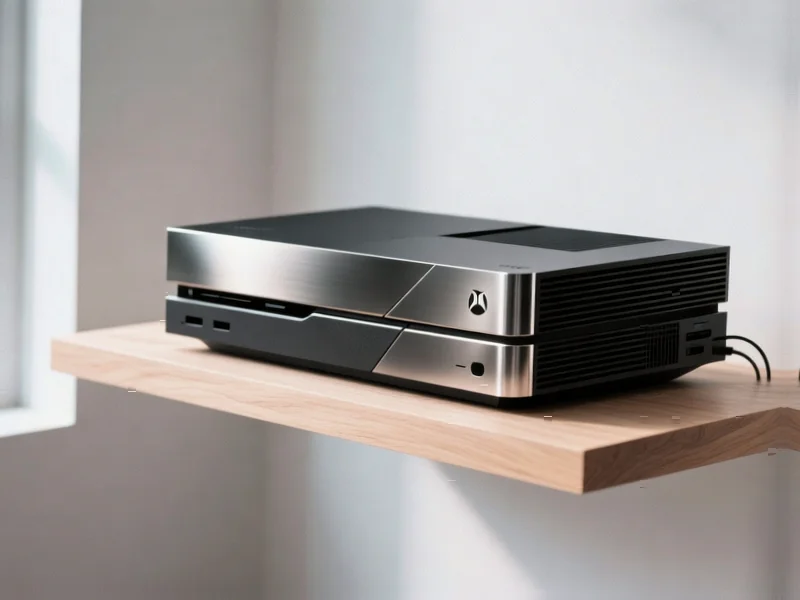According to Eurogamer.net, the USPTO director John A. Squires has personally ordered re-examination of Nintendo’s Patent No. 12,403,397 granted in September 2023, marking the first such director-initiated re-examination since 2012. The patent covers gameplay mechanics involving summoning sub-characters to battle enemies automatically or manually. Squires determined “substantial new questions of patentability” exist after discovering prior art in two older patents – one from Konami filed in 2002 and another from Nintendo itself from 2019. This follows Japan’s Patent Office recently rejecting Nintendo’s March 2023 application to patent capture and item-throwing mechanics, citing existing similar mechanics in games like Monster Hunter 4 and Ark: Survival Evolved. Nintendo now has two months to respond to the US re-examination order while third parties can also challenge the patent.
<h2 id="nintendo-legal-troubles”>Nintendo’s Legal Strategy Unravels
This is starting to look really bad for Nintendo’s legal team. They’re getting hit from both sides – Japan rejects their patent application, and now the US is questioning one they already had granted. The fact that USPTO director Squires personally stepped in? That’s huge. They don’t do that often – we’re talking about the first time since 2012 according to Games Fray’s reporting. When the head of the patent office decides your patent might not be valid, you’ve got serious problems.
The Prior Art Problem
Here’s the thing about patents – you can’t patent something that already existed. And that’s exactly what’s happening here. The USPTO found two older patents that cover similar ground, including one from Konami way back in 2002. But get this – the other problematic patent is from Nintendo themselves in 2019. So basically, they might have patented something they’d already patented before? Or worse, they’re trying to claim ownership of game mechanics that were already established in the industry.
The re-examination order specifically calls out mechanics like controlling characters in virtual spaces, summoning sub-characters for battle, and automatic battle systems. These aren’t exactly new concepts in gaming. I mean, how many RPGs have we played with AI-controlled party members?
What This Means for Palworld
So where does this leave the Palworld lawsuit? In pretty rough shape, honestly. Nintendo’s case against Pocketpair relies heavily on these patents being valid. If both the US and Japan are saying “actually, these mechanics aren’t patentable,” then what’s left of their infringement claims?
Pocketpair’s strategy of fighting back with prior art examples seems to be working brilliantly. They pointed to games like Monster Hunter 4 and Ark: Survival Evolved having similar mechanics before Nintendo’s patent applications. That’s smart legal work – they’re not just defending themselves, they’re attacking the foundation of Nintendo’s case.
And let’s be real – if Nintendo loses these patent battles, it could have much broader implications. How many other games use similar monster capture and battle systems? Could this open the floodgates for more creature-collection games without fear of legal repercussions?
The Bigger Picture
This situation raises some important questions about software patents in gaming. Should companies be able to patent basic gameplay mechanics? I mean, summoning characters to fight for you? That’s been around since the earliest RPGs. It’s like trying to patent jumping in platformers.
Nintendo’s always been aggressive about protecting its IP, and understandably so. But when you start trying to patent game mechanics that are essentially industry standards, you’re playing with fire. Now they might get burned on both sides of the Pacific.
The next two months will be crucial. Nintendo’s response could determine not just the fate of their lawsuit against Palworld, but potentially the entire landscape of creature-collection games. If these patents get invalidated, we might see a lot more developers willing to experiment in this space without looking over their shoulders.




